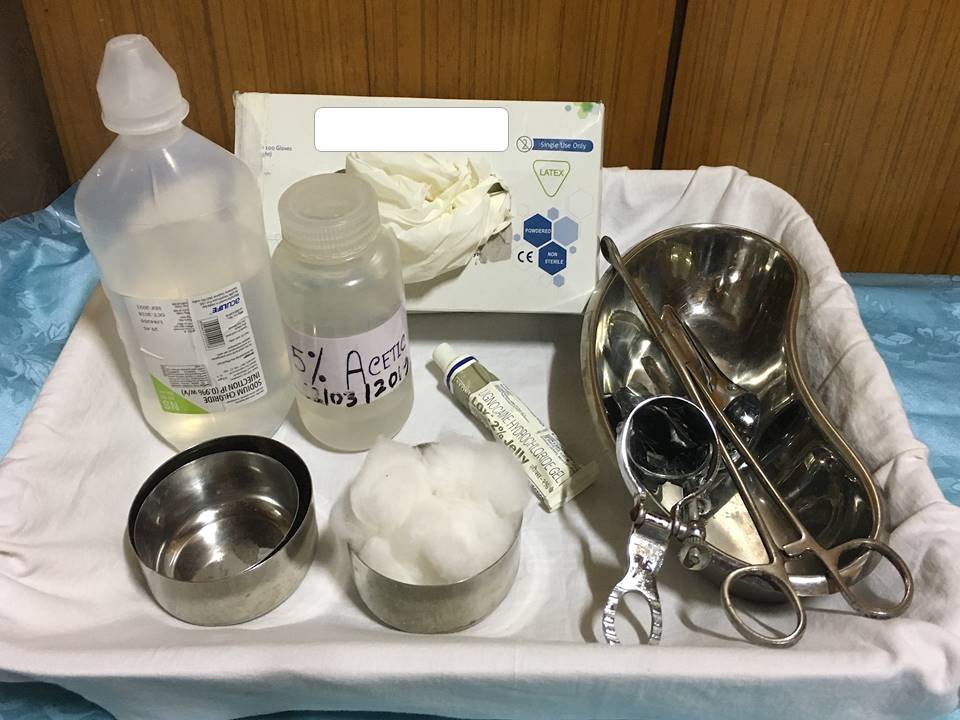Chapters
Introduction
Visual inspection after application of acetic acid (VIA)
Determining eligibility for ablative treatment after application of acetic acid
Anatomical considerations
Cervical epithelium
Physiological changes of cervical epithelium
Neoplastic changes of the cervical epithelium
Changes in the cervical epithelium after application of acetic acid
Instruments, consumables, and setup required for examination after application of acetic acid
VIA procedure
Interpretation of VIA test results
Preventing errors in VIA
Management of women with an abnormal VIA test
Steps to determine eligibility for ablative treatment
Role of Lugolís iodine in identifying the transformation zone for treatment
Treatment by cryotherapy
Treatment by thermal ablation
Videos
Preparation of Monselís solution
Infection prevention
Case study
Quiz
Acknowledgement
Suggested citation
Copyright
Home / Training / Manuals / Atlas of visual inspection of the cervix with acetic acid for screening, triage, and assessment for treatment
.png)
Click on the pictures to magnify and display the legends
Atlas of visual inspection of the cervix with acetic acid for screening, triage, and assessment for treatment
Filter by language: English / FranÁais / EspaŮol / Русский / українськаInstruments, consumables, and setup required for examination after application of acetic acid Ė Instruments and consumables required |
One of the key advantages of VIA or using acetic acid to determine eligibility for treatment is that no specialized instruments are required (other than those that are readily available in primary health-care settings) and the consumables are inexpensive and readily available. Screening programmes that support the screen-and-treat protocol should make treatment facilities with ablative methods (cryotherapy and/or thermal ablation) available at the screening clinics. The following equipment and instruments are required:
The consumables required for the examination are the following:
In addition to the equipment and the consumables, screening forms and registers are needed for documentation of test findings and future follow-ups. In some clinics a computerized record-keeping system may be used. Use of magnification devices to assist visual examination: Several devices are available to visualize the cervix on the screen of a mobile phone or a tablet. Such compact and affordable devices have a built-in battery-powered light source, focusing facilities, and the capacity to view and magnify images on the screen of the mobile phone or tablet. In some countries in Africa, a camera with a zoom lens and an autofocus facility is used to capture the cervical images and transmit them to a television monitor connected through a cable. A few studies have evaluated such devices and reported improved accuracy of VIA or determining eligibility for ablative treatment. The captured images can be used for teleconsultation, quality control, and training. Studies are in progress to evaluate the use of artificial intelligence algorithms to interpret the images Ė a technique called automated visual examination (AVE). The next section describes how to prepare dilute acetic acid. |
Click on the pictures to magnify and display the legends
IARC, 150 Cours Albert Thomas, 69372 Lyon CEDEX 08, France - Tel: +33 (0)4 72 73 84 85 - Fax: +33 (0)4 72 73 85 75
© IARC 2025 - All Rights Reserved.
© IARC 2025 - All Rights Reserved.






